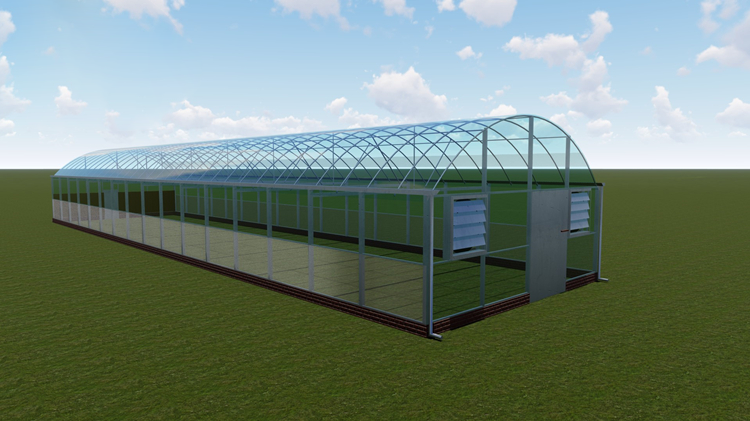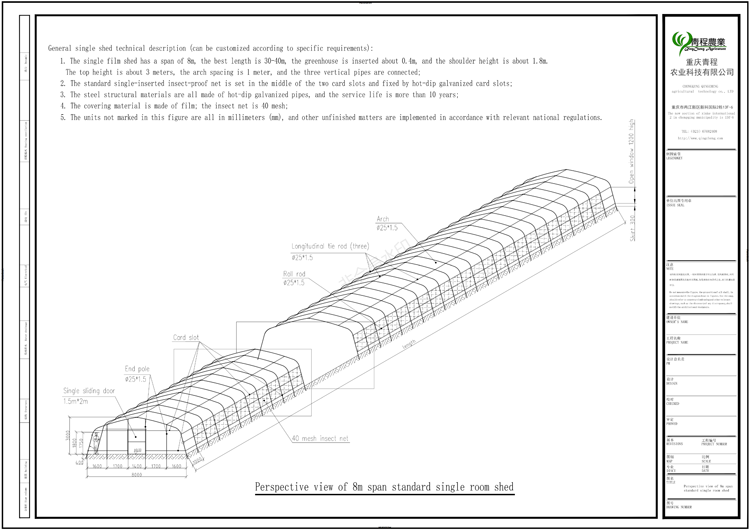How to fertilize off-season vegetables in greenhouses
The use of greenhouses to grow off-season vegetables is naturally different from conventional open-field or seasonal planting, and requires higher greenhouse environment and management techniques. In this article, we mainly describe the key points of fertilization for off-season vegetable planting in greenhouses.
1. Choose the right type of fertilizer:
Fertilize according to the type of vegetable. Cucumbers, peppers, tomatoes and other melon and fruit vegetables, in addition to nitrogen fertilizers, also have a large demand for phosphorus and potassium fertilizers. The base fertilizer should be a compound fertilizer with balanced nutrients, and it should be combined with organic fertilizers.
Use more organic fertilizers. The application of organic fertilizers can not only improve soil physical, chemical and biological characteristics, ripen soil, fertilize soil, improve product quality, reduce nitrate and nitrite content in vegetables, increase vitamin C content, and increase sugar content in fruits and vegetables. The application of organic fertilizer must be decomposed, especially chicken manure, which requires a high degree of decompression and should be applied in advance.
2. Determine the economical fertilization amount
The premise of determining the economical fertilization rate to meet the vegetable demand should be calculated according to the vegetable yield level and soil fertility. If the nitrogen, phosphorus and potassium nutrient supply of the soil can meet the needs of the crops, the fertilization rate should be calculated as 20%-40% of the crop carry-over for the fertilizer supply intensity. Under the current level of fertility, nitrogen control, phosphorus reduction, potassium stabilization, and targeted application of micro-fertilizers should be the principles of fertilization.
3. Choose the type of fertilizer
Generally, chlorine-based fertilizers, such as potassium chloride and ammonium chloride, should not be used. Chloride ions can reduce the starch content in vegetables and deteriorate the quality, and residues in the soil can easily cause soil compaction. It is not advisable to use volatile nitrogen fertilizer varieties, such as ammonium nitrate, ammonium bicarbonate and other nitrogen fertilizers. If used, it is best to open ditches and apply them deep in the soil.
4. Reasonable fertilization method








